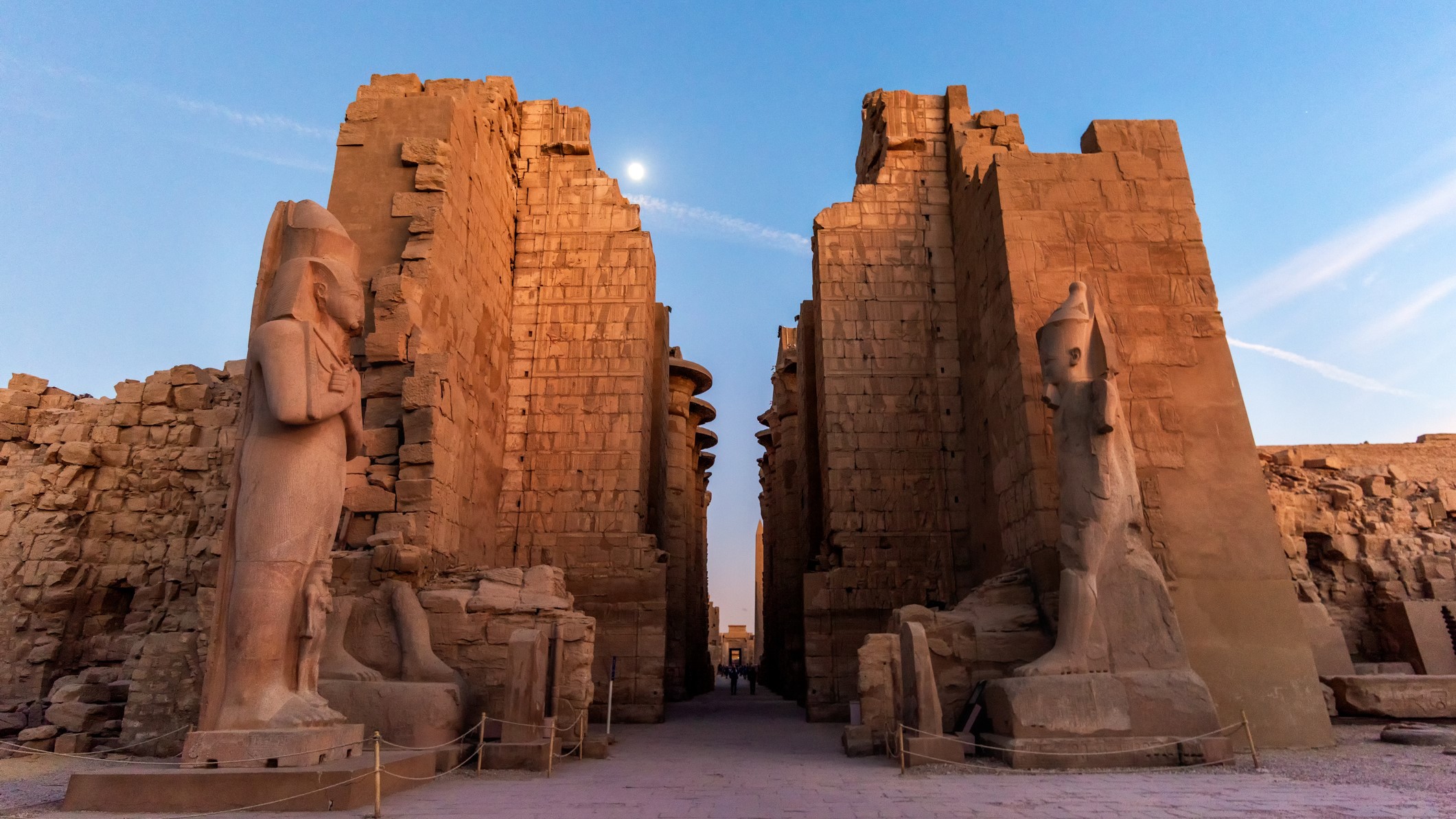
The beauty of a total solar eclipse is that it happens at all, not how long totality lasts. Anyone with the merest glimpse of the eclipsed sun on Apr. 8, 2024 will know that. Those clouded out will know that it's clear weather, not the duration of totality, which is the most critical aspect of eclipse-chasing.
So mark your calendars for Aug. 2, 2027, when a total solar eclipse will grace the skies over North Africa, offering not only an almost guaranteed clear sky but also the longest totality of the 21st century.
It will occur a lunar year after the total solar eclipse in Greenland, Iceland and Spain on Aug. 12, 2026, and just 10 days before the annual Perseid meteor shower.
Related: What's the difference between a total solar eclipse and an annular solar eclipse?
Why so special?
At a whopping 6 minutes and 23 seconds, totality on Aug. 2, 2027, will be the longest on land since 1991 and until 2114. The almost certain clear sky is another attraction, with a near-zero chance of clouds in Libya and Egypt.
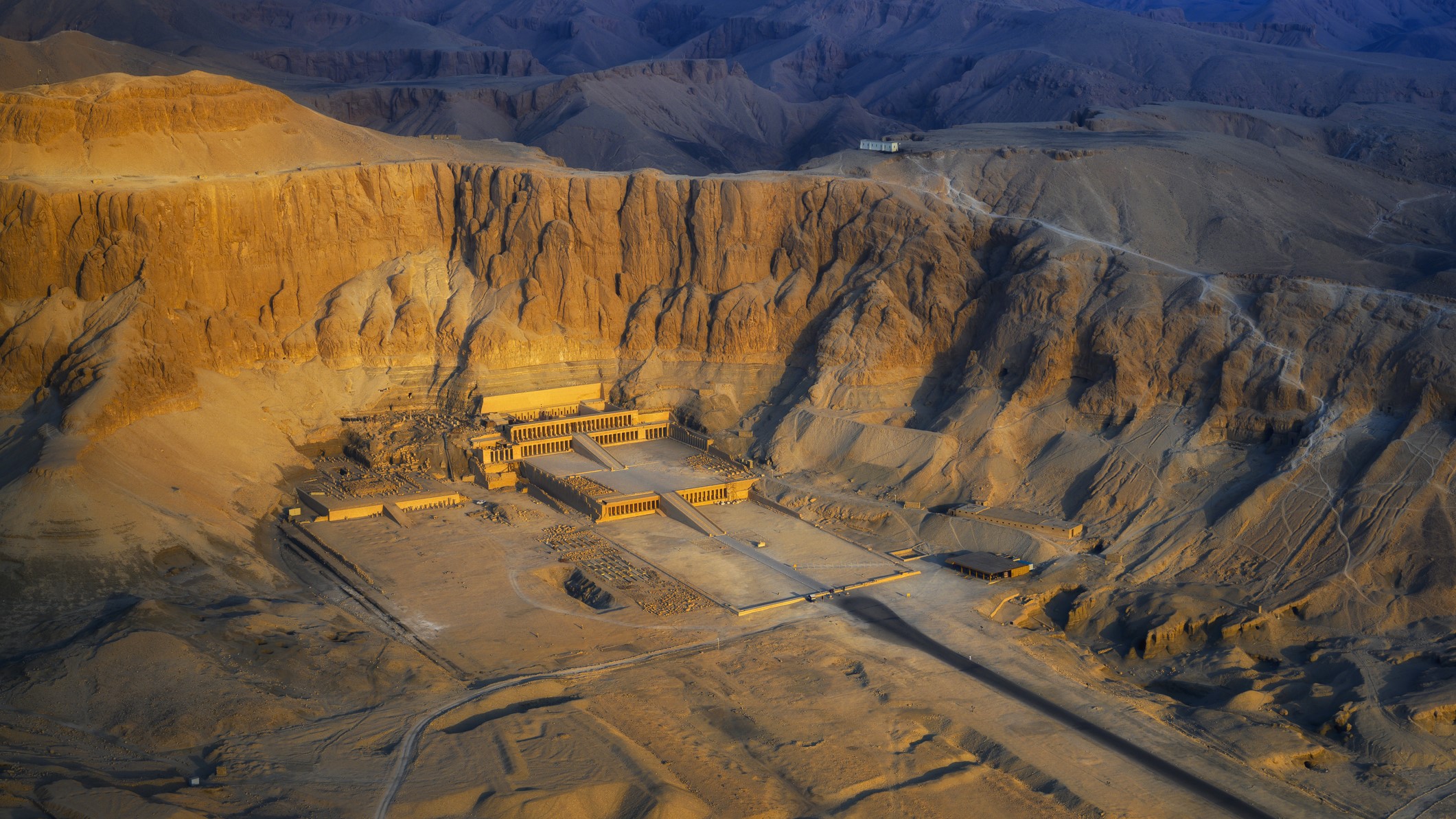
One of the most compelling aspects of this eclipse, especially for travelers, is the strategic location of the 'greatest eclipse' point near Luxor, Egypt. Luxor, intersected by the Nile, is home to Ancient Egypt's most magnificent treasures, making it an ideal base for eclipse viewing. Attractions in Luxor include Luxor Temple, the Avenue of Sphinxes and Karnak Temple, while on the west side of the Nile is the Valley of the Kings, the Temple of Hatshepsut and the Colossi of Memnon.
Path of totality
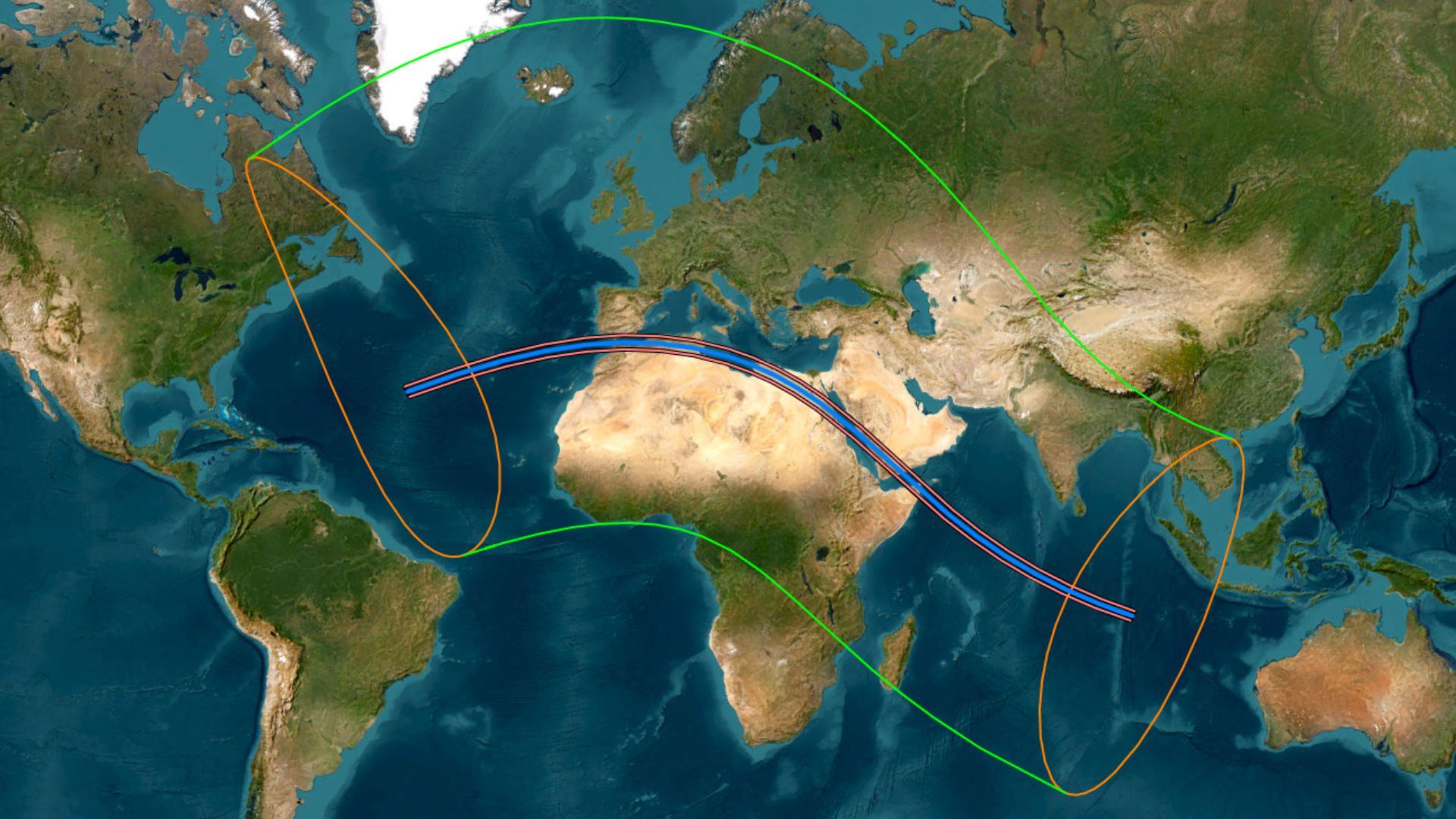
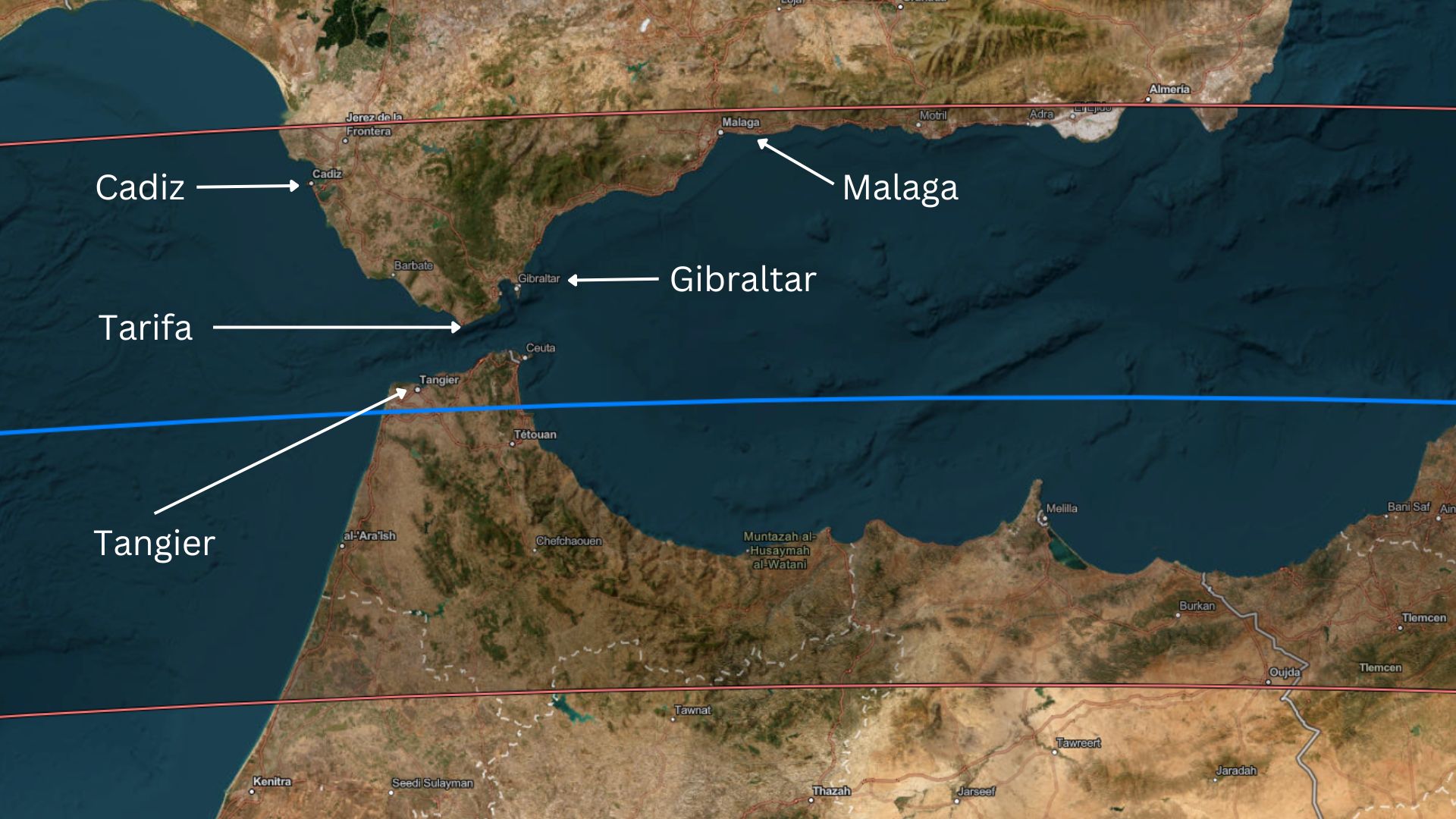
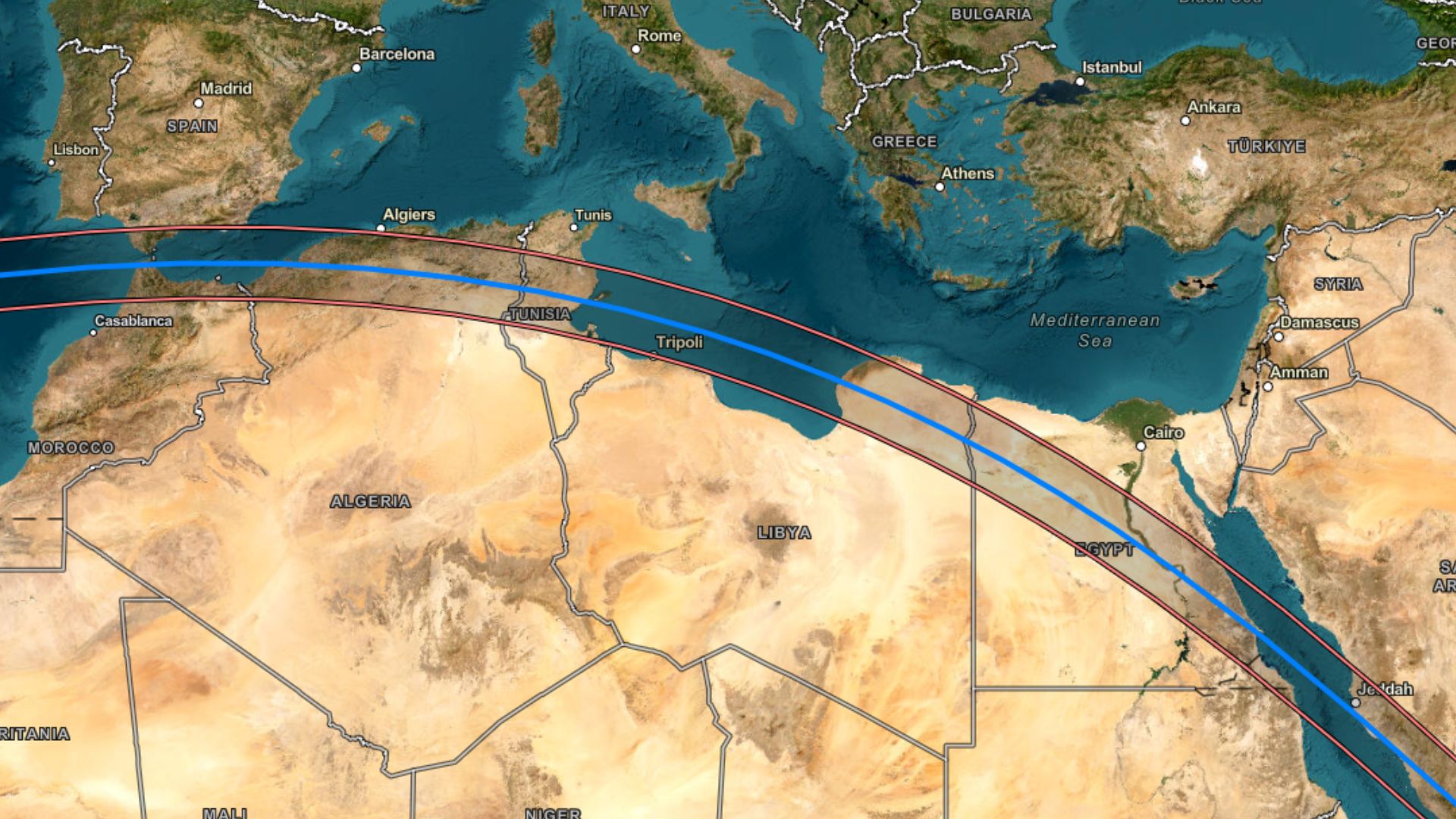
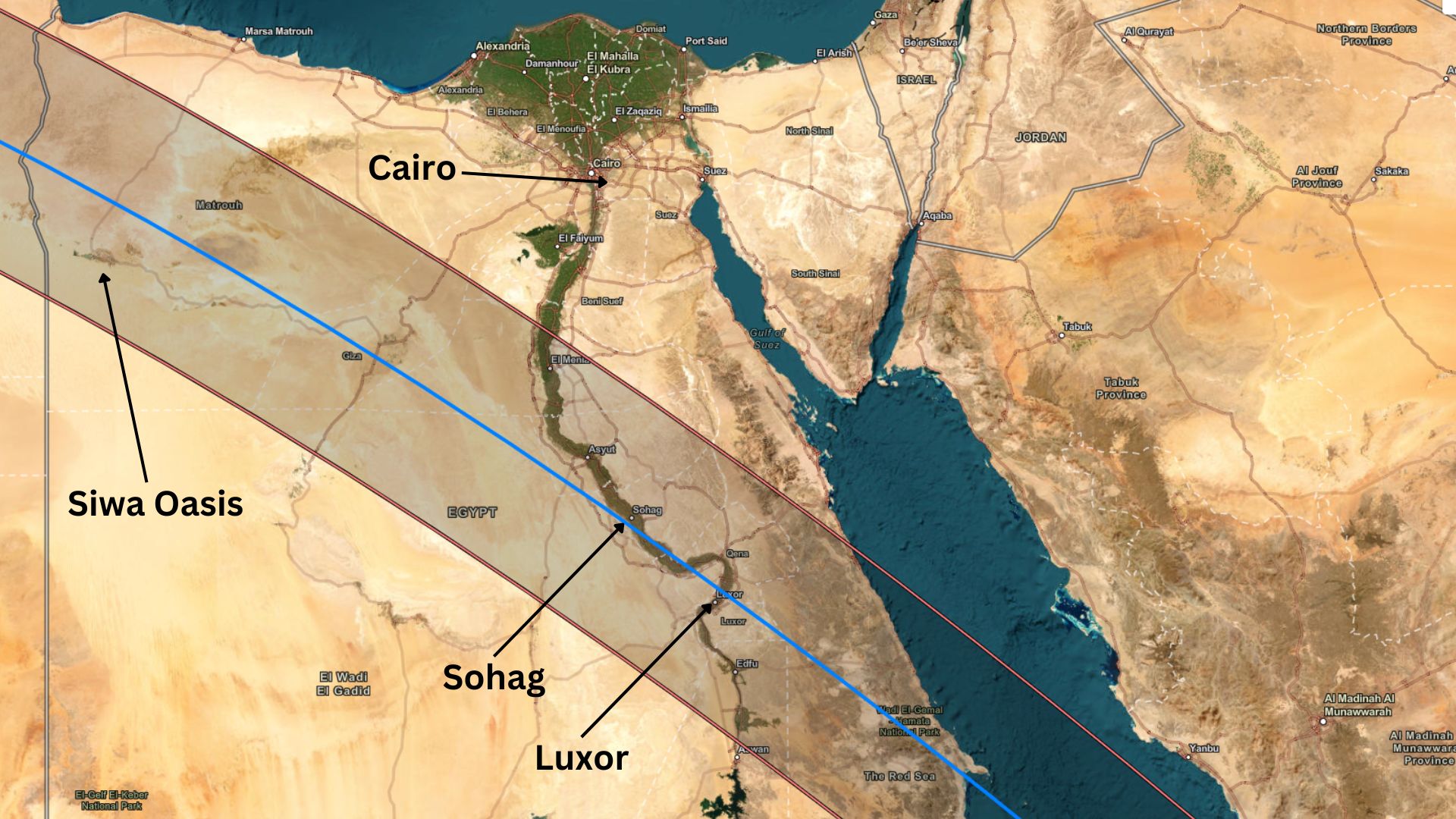
The 160-mile-wide (258-kilometer) moon's shadow will take 3 hours and 20 minutes to cross the planet. Touching down in the Atlantic Ocean, it will pass across southern Spain, northern Morocco, northern Algeria, northern Tunisia, northeast Libya, central Egypt, the northeastern tip of Sudan, southwest Saudi Arabia, Yemen and the northeastern tip of Somalia, departing just east of the Chagos Archipelago (a British Indian Ocean Territory) in the Indian Ocean.
As always, there are trade-offs to be had in terms of comfort and convenience, and maximizing your chance of seeing the eclipsed sun in a clear sky.
Egypt has the highest chance of a clear sky, with an almost guaranteed clouds-free view, but temperatures in August can reach a searing 109 degrees Fahrenheit (43 degrees Celsius) at midday. Totality in Luxor will occur at 1:02 p.m. EEST. The many tour groups here will likely view from the environs of air-conditioned hotels.
Popular destinations for foreign eclipse chasers will likely include cruise ships, southern Spain, Gibraltar (a British Overseas Territory) and northern Morocco. However, with 88.9 million living in the path, according to Timeanddate, this will be a significant cultural event for millions — over three times more than the "Great American Eclipse" on Apr. 8, 2024.
What will the weather be like?
If you're headed to Egypt, you can forget about meteorology. "There is no chance of cloud in eastern Libya and western Egypt," says Jay Anderson, a Canadian meteorologist who plans eclipse expeditions and whose climatological analysis of eclipse tracks on Eclipsophile is a must-read for eclipse chasers. "At Luxor, the frequency of cloud cover is 0.7% — at the very worst, you'll get a little bit of thin cirrus cloud wandering through on the jet stream — but what you do get there is dust." It's certainly possible that the totally eclipsed sun will be viewed through a haze of dust — but that will depend on winds on the day.
However, it will certainly be scorching hot. "The only blessing is because it's such a dry environment, the temperature will probably drop like a stone when the eclipse happens," says Anderson.
Another critical location for clear skies will be the southern Mediterranean Sea, with blue skies almost certain south of Italy and Malta, off the coast of Tunisia and Libya (where Tripoli will be sliced in half by the southern edge of the path).
Cruise ships will also ply the Straits of Gibraltar between Spain and Africa and the coasts of southwestern Spain and northwestern Morocco, though here, the chance of a clear sky is far less, according to average August daytime cloud cover statistics. "There are interesting cloud patterns in the eastern Mediterranean that funnel through the Straits of Gibraltar," said Anderson. "Little low-pressure systems sit right in there almost like it's a little nook, so the area is reasonably cloudy compared to the rest of the path at about 30% cloud cover." Nor should you underestimate The Levanter, a cloud that hangs over the Rock of Gibraltar.
At the other end of the track, southeast of Luxor in Egypt, the chance cloud cover increases significantly into Saudi Arabia, Yemen and the Indian Ocean.
Partial solar eclipse
A partial solar eclipse will be seen across Africa, the Middle East and Europe. Here's what will be seen from major cities and destinations in the partial eclipse zone, including some very (very) close to the edges of the path of totality. Remember — a 99.999% partial solar eclipse is a 0% total solar eclipse!
After August 2027 when is the next total solar eclipse?
After the total solar eclipse on Aug. 2, 2027, these are the dates and locations for the next total solar eclipses:
- July 22, 2028: Christmas Island, Cocos Islands, Australia, New Zealand
- Nov. 25, 2030: Namibia, Botswana, South Africa, Lesotho and Australia
- Nov. 14, 2031: Pacific Ocean (totality), Panama (annularity)
- March 30, 2033: Russia, U.S. (Alaska)
- March 20, 2034: Benin, Nigeria, Cameroon, Chad, Sudan, Egypt, Saudi Arabia, Kuwait, Iran, Afghanistan, Pakistan, India and China
- Sept. 2, 2035: China, North Korea, Japan
- July 13, 2037: Australia and New Zealand
Editor's note:
You can read about the next decade of eclipses here on Space.com and in more detail in Jamie Carter's e-book "When Is The Next Eclipse? A traveler's guide to total solar eclipses 2026-2034."
"The book is full of 'secret' experiences that only a complete eclipse and travel nerd like me could find!" Carter told Space.com.
Additional resources
Want to look further ahead? You can find a concise summary of solar eclipses out to 2030 on NASA's eclipse website. Read more about solar and lunar eclipses on EclipseWise.com, a website dedicated to predictions of eclipses, and find beautiful maps on eclipse cartographer Michael Zeiler's GreatAmericanEclipse.com and interactive Google Maps on Xavier Jubier's eclipse website. You can find climate and weather predictions by meteorologist Jay Anderson on eclipsophile.com.
Bibliography
Anderson, J. Future Eclipses. Retrieved Apr. 24, 2024, from https://eclipsophile.com/future-eclipses-2024-2028
Bakich, M. and Zeiler, M. (2022). Atlas Of Solar Eclipses 2020-2045.
https://www.greatamericaneclipse.com/books/atlas-of-solar-eclipses-2020-to-2045
Jubier, X. (n.d.). Solar eclipses: Interactive Google Maps. Retrieved April 24, 2024 from xjubier.free.fr/en/site_pages/SolarEclipsesGoogleMaps.html
Time and Date. (n.d.). Aug. 2, 2027, Total Solar Eclipse. Retrieved Apr. 24, 2024 from timeanddate.com/eclipse/map/2027-august-2







